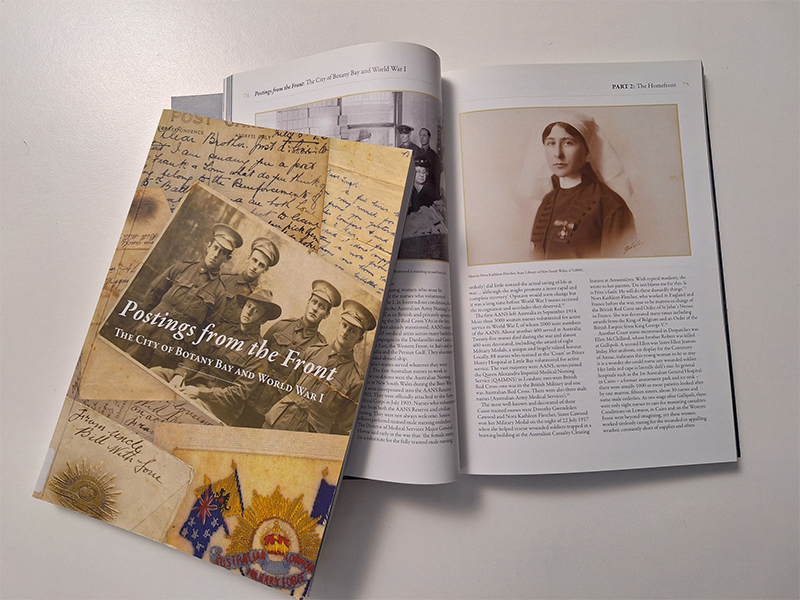The Royal Australian College of General Practitioners (RACGP) has today recommended allowing greater flexibility in prescribing for smoking cessation pharmacotherapy.
The bold proposal, contained in the RACGP’s newly released Supporting smoking cessation: A guide for health professionals (2nd edition) (“the guide”), could prove a game-changer for reducing smoking rates.
Pharmacotherapy options available in Australia include nicotine replacement therapy (NRT, e.g. a transdermal patch or acute forms such as an oral spray, gum, inhaler or lozenge), varenicline (a drug that blocks the pleasure and reward response to smoking) and bupropion hydrochloride (which reduces the urge to smoke and helps with nicotine withdrawal).
Oral forms of NRT subsidised on the Pharmaceutical Benefits Scheme (PBS) are gum and lozenges for use as the sole PBS-subsidised therapy. This means that combination NRT (i.e. using two forms of NRT together such as a patch and gum) is not currently PBS-subsidised.
Under PBS rules, a maximum 12 weeks of PBS-subsidised NRT is available per 12-month period.
Australia has made commendable inroads in tobacco control and smoking rates with daily smoking nearly halved from 24% in 1991 to 12.8% in 2013. However, the job is not complete and there has been a slowing in the rate of decline with little change in prevalence from 2013 to 2016 (12.2%).
The latest National Tobacco Strategy aims to reduce the national adult daily smoking rate to 10% of the population and halve the Aboriginal and Torres Strait Islander adult daily smoking rate.
RACGP President Dr Harry Nespolon said that the Government should act to assist those who struggle to afford the medicines that are proven to help people quit smoking.
“Some people can quit unassisted; however, those who take advantage of behavioural support and vital medicines including combination NRT, varenicline and bupropion will substantially increase their chances of quitting.
“The science is in – a host of randomised clinical trials tell us that these medicines work. Varenicline or combination NRT almost triples the odds of quitting and bupropion and NRT alone almost double the odds of quitting versus a placebo at six months. The evidence is also clear that combination NRT is most effective.
“However, as things stand we have fixed PBS rules that don’t reflect best-practice medical assistance. As a result, people trying to quit smoking miss out on PBS subsidies that could make a real difference.
“We need to improve flexibility in prescribing to cut costs for patients using pharmacotherapy so that people who could really benefit from these medicines can access them.
“It’s vital to allow for PBS-subsidised combination NRT, which is proven to be the most effective form of NRT.
“We should also allow GPs to prescribe a second round of PBS-subsidised NRT within a 12-month period because it will help reduce relapse in people who have stopped smoking at the end of a standard course of NRT. This is a public health policy no-brainer, pure and simple.”
Dr Nespolon noted that the inflexibility in PBS prescribing was particularly troubling given that smoking rates are inverse to socioeconomic status.
“The likelihood of smoking daily is three times as high in the lowest socioeconomic areas of Australia compared to the highest.
“What this means is that smoking-related health problems disproportionately affect those least able to afford the medicines that are essential to helping them quit.
“We have made massive inroads, now it’s time for the final, decisive push to reduce daily smoking levels.
“These medicines work, we just need to do more to help get them into the hands of people who need them most and removing restrictions on prescribing will do just that.”
Chair of the Expert Advisory Group behind the guide, Professor Nicholas Zwar, said that health professionals including GPs should also be encouraged to embrace the “brief intervention” approach to smoking cessation.
“One of the most often cited barriers to providing smoking cessation advice is that it can prove time consuming.
“Up until now health professionals have used a ‘5A’s approach’ which involves identifying patients who smoke, assessing nicotine dependence and barriers to quitting, advising patients to quit, offering assistance and arranging a follow up. It is sound practice but it does take time.”
Professor Zwar said that under the three-step model developed by Quit Victoria, advice and help for patients trying to quit smoking could be easier to provide and more frequently offered by a range of health professionals.
“This three-step model offers patients best practice smoking cessation treatment by linking into multi-session behavioural interventions such as Quitline and encouraging the use of pharmacotherapy.
“It can be summarised as ask, advise and help. Ask and record a patient’s smoking status, advise people who smoke to quit and on the most effective methods for doing so and help them by offering to arrange referral, encourage use of behavioural intervention and the use of evidence-based pharmacotherapy.”
The guide update was funded by VicHealth and the Australian Government Department of Health.








